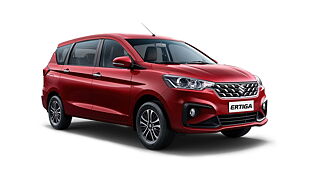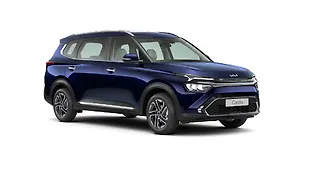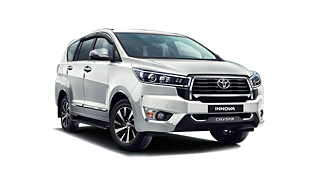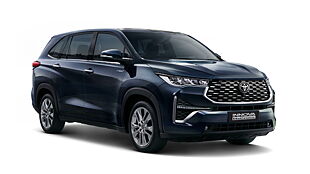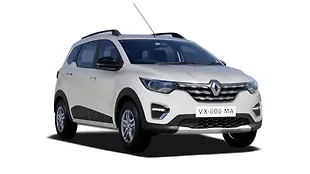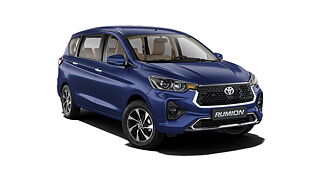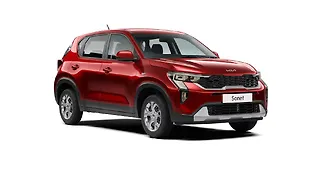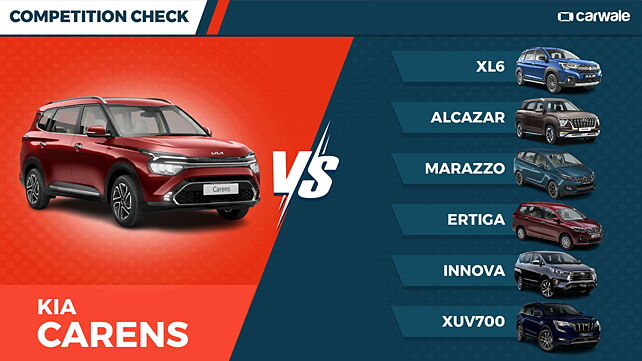
Introduction
The Kia Carens was launched in India on February 15 with introductory prices in the range of Rs 8.99 lakh to Rs 16.99 lakh (ex-showroom). It’s the fourth product from Kia for India and is available in five versions across eight colours and three engine options. We have driven the Carens and you can find a link to our drive experience in the description below.
SUVs might be the flavour of the decade but with two cars already in competitive segments, Kia has set its sights on making its presence felt in the three-row vehicle segment. Surprisingly, the list is large and across a wide price range making quite a few competitors for the Carens. Here then is how it stacks up against the competition.

The Maruti Suzuki XL6 is the Carens’ biggest rival in terms of product-to-product comparison. The XL6’s range is priced from Rs 10.01 lakh to Rs 11.85 lakh (average ex-showroom). It’s powered by a 1.5-litre petrol engine and can be had with either a five-speed manual or four-speed automatic. There’s no diesel or CNG option for the XL6. It has all the basic features one would expect in this price range and its USP is of course that it gets captain seats for the second row.

The Ertiga is the XL6’s more budget-friendly cousin and is priced in the range of 8.11 lakh to Rs 10.84 lakh. It has almost the same feature list as the XL6 but you get a bench seat for the second row. Like the XL6 it too lacks a diesel engine option but does get a mid-level CNG variant.
The Carens, over both these cars, is 40mm longer and has an additional 20mm in its wheelbase. It also offers a GDi turbo petrol with a seven-speed DCT and has more features as you move up the variant list. What’s more, the Carens has a diesel engine option across the range with the higher-spec version even getting the option of a two-pedal setup. However, one of the Carens’ aces over these two cars is that it offers rear disc brakes, tyre pressure monitoring system, rear parking sensors and six airbags across the range.

The Mahindra Marrazzo range has been on sale since 2018 and was Mahindra’s weapon of choice to tackle the MPV segment. There are six versions and it can be had either as a seven-seat or eight-seat model. The range is priced from Rs 12.79 lakh to Rs 15 lakh (average ex-showroom) and it is offered only in a diesel manual configuration. The Marrazzo might be longer than the Carens but it’s the latter that has a longer wheelbase. In fact, among a lot of cars that we are discussing today, the Carens has the longest wheelbase.
The Carens has more features like a bigger touchscreen, digital instrument cluster and an air purifier. However, it is similarly matched by the Marrazo in terms of rear disc brakes, roof-mounted air vents for the second row and practicality and ease of use in both the six and seven-seat versions. In terms of powertrains, the Carens has the upper hand as it has a petrol MT and AT in its list of options. Finally, the Marrazo has a 3 year/1 lakh kilometre warranty while the Carens gets a 3 year/unlimited-kilometre warranty.

The Toyota Innova is the king of the hill. On sale since 2005, it sits right at the top of the MPV segment and is priced in the range of Rs 17.30 lakh to Rs 25.31 lakh (ex-showroom) putting it at least two segments above the Carens. It is longer and wider than the Kia but if you look at the base-spec Innova and the fully-loaded Carens, it’s the latter that has more features and of course, the longest wheelbase on offer. The Carens also offers six airbags across the range, while this version of the Innova only gets two airbags.
The petrol engine on offer with the Innova produces more power than all of the Carens’ engines but is evenly matched in terms of torque when compared to the 1.4-litre GDi petrol as well as the 1.5-litre diesel of the Carens’ range. The Innova also gets a bigger fuel tank and is rear-wheel drive. Comparing these two versions comes into play for those who want an MPV but without wanting to pay the overall premium that the Innova Crysta commands.

Like the Innova, the Alcazar is a larger car in a higher price bracket but is one of the three-row options available to compete with the top versions of the Carens. Here if we look at the top-spec Carens diesel AT vs the entry-level Alcazar, they are equally matched in terms of features, space and layout. However, the Carens has a longer wheelbase, six airbags as standard across the range and leather upholstery over the entry-level versions of the Alcazar.
But like we said, SUVs have been the flavour of the decade and in that respect, the Alcazar will always have an advantage over the Carens when it comes to initial appeal even if we are looking at top-spec to base variants. The Hyundai Alcazar’s price range is Rs 16.34 lakh to Rs 20.15 lakh (ex-showroom)

The talk of the town last year was the Mahindra XUV700 and what a big step up it had been from the XUV500. Similar to the Alcazar, it’s a bigger vehicle in a higher price range and thus the upper section of the Carens variant range competes against the entry-level MX and mid-spec AX petrol and diesel models of the XUV700. The feature list of both vehicles is evenly matched but in terms of performance, the XUV700, despite not having an automatic option at this price point, has bigger engines with better performance.
Like the Alcazar, it is an SUV and thus will always have that advantage over the Carens even in the lower-spec versions that we have compared. The Mahindra XUV 700’s price range is Rs 12.96 lakh to Rs 23.80 lakh (ex-showroom).
Conclusion
As you can see, the Kia Carens has quite a bit going for it and with over 50000 bookings at the time of this story, Kia looks to have its hands full with the Carens. However, the Carens have a tough fight on its hands in terms of carving out a space for itself in the market.

![Kia Carens [2022-2023] Image Kia Carens [2022-2023] Image](https://imgd.aeplcdn.com/272x153/n/cw/ec/107539/exterior-right-front-three-quarter.jpeg?isig=0&q=80)
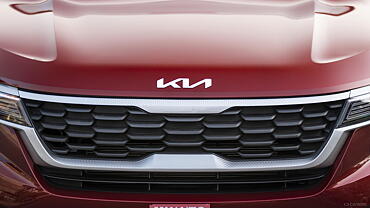
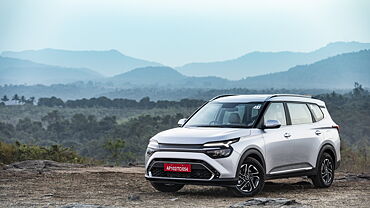
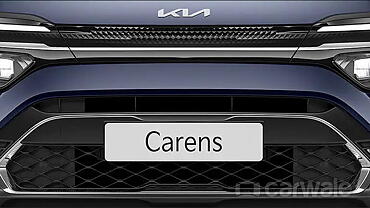








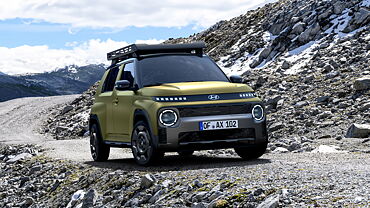

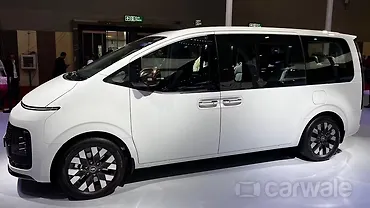

![Kia Carens [2022-2023] Right Front Three Quarter Kia Carens [2022-2023] Right Front Three Quarter](https://imgd.aeplcdn.com/199x112/n/cw/ec/107539/exterior-right-front-three-quarter.jpeg?isig=0&q=80)
![Kia Carens [2022-2023] Right Front Three Quarter Kia Carens [2022-2023] Right Front Three Quarter](https://imgd.aeplcdn.com/199x112/n/cw/ec/107539/exterior-right-front-three-quarter-10.jpeg?isig=0&q=80)
![Kia Carens [2022-2023] Right Side View Kia Carens [2022-2023] Right Side View](https://imgd.aeplcdn.com/199x112/n/cw/ec/107539/exterior-right-side-view-11.jpeg?isig=0&q=80)
![Kia Carens [2022-2023] Dashboard Kia Carens [2022-2023] Dashboard](https://imgd.aeplcdn.com/199x112/n/cw/ec/107539/carens-interior-dashboard.jpeg?isig=0&q=80)
![Kia Carens [2022-2023] Steering Wheel Kia Carens [2022-2023] Steering Wheel](https://imgd.aeplcdn.com/468x263/n/cw/ec/107539/interior-steering-wheel.jpeg?isig=0&q=80)


